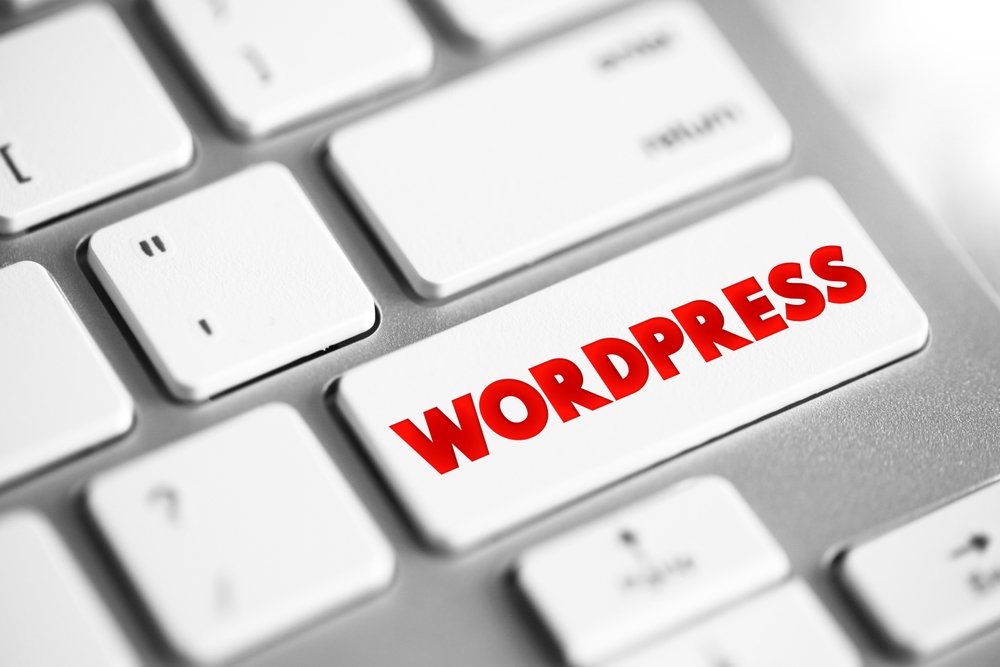
WordPress has become one of the most popular content management systems (CMS) in the world, and for good reason. It is user-friendly, versatile, and offers endless customization options. Whether you're a beginner or an experienced user, there are always new tricks to learn and master when it comes to WordPress customization and maintenance. In this article, we will explore some essential tips and tricks to help you take your WordPress (the platform for bloggers) website to the next level.
1. Organize your Content with Categories and Tags
One of the best ways to improve user experience and make your website more organized is by effectively using categories and tags. Categories are broad groups that help you classify your content, while tags are more specific keywords. By assigning appropriate categories and tags to your posts, you make it easier for visitors to navigate through your website and find the content they are interested in. Additionally, it helps search engines understand the structure and relevance of your website, ultimately improving your SEO.
2. Choose a Responsive Theme
With the increasing use of mobile devices, having a responsive website is no longer an option but a necessity. A responsive theme ensures that your website adapts and looks great on all devices, including smartphones, tablets, and desktops. Many WordPress themes are built to be responsive by default, but it's always a good idea to test your website's responsiveness across different devices to ensure a seamless browsing experience for your visitors.
3. Optimize loading times
In today's fast-paced world, users expect websites to load quickly. A slow-loading website can lead to high bounce rates and dissatisfied visitors. To optimize your WordPress (WP) site's loading times, consider implementing the following techniques:
- Compress and optimize images: Large images can significantly slow down your website. Use image compression plugins or online tools to reduce file sizes without compromising quality.
- Enable caching: Caching allows the web server to store a static version of your web pages, reducing the need to recreate them every time a visitor accesses your site. This can significantly improve loading times, especially for returning visitors.
- Minify CSS and JavaScript files: Minifying these files removes unnecessary characters, such as white spaces and line breaks, reducing their size and improving loading times.
4. Regularly Update WordPress (or WP) and Plugins
WordPress frequently releases updates to improve security, fix bugs, and introduce new features. It's crucial to keep your WordPress core, themes, and plugins up to date to ensure optimal performance and security. Outdated versions can make your website vulnerable to hacking attempts and may cause compatibility issues with newer versions of WordPress (the blogging platform) . Set up automatic updates or regularly check for updates and install them manually to stay on top of the latest improvements.
5. Implement Backup Solutions
Disasters can strike at any time, and having a reliable backup solution is essential for every website. There are several backup plugins available for WordPress that allow you to schedule automatic backups of your website's files and database. In case of any unexpected events, such as a malware attack or server failure, a backup ensures you can quickly restore your website to its previous state and minimize downtime.
Frequently Asked Questions:
Q1: How do I customize the appearance of my WordPress website?A1: WordPress provides a user-friendly interface for customizing your website's appearance. Simply navigate to the "Appearance" section in the WordPress dashboard and explore options like themes, customizers, and widgets to personalize your website's design.
Q2: Are WordPress plugins safe to use?
A2: While most plugins are safe and regularly updated, it's essential to choose reputable sources and read user reviews. Stick to well-known plugins from trusted developers and update them regularly to ensure security and compatibility with the latest WordPress version.
Q3: How can I improve my website's SEO using WordPress?
A3: WordPress offers several SEO plugins, such as Yoast SEO and All in One SEO Pack, which allow you to optimize your website's meta tags, generate XML sitemaps, and provide recommendations for improving your content's SEO.
Q4: Can I translate my WordPress website into different languages?
A4: Yes, WordPress has built-in multilingual support and numerous translation plugins that make it easy to create a multilingual website. Popular plugins like WPML and Polylang provide comprehensive translation solutions.
Q5: How can I secure my WordPress website from hackers?
A5: Start by using strong passwords, limiting login attempts, and implementing two-factor authentication. Regularly update WordPress, themes, and plugins, and use security plugins like Wordfence or Sucuri to protect your website from potential threats.
In conclusion, by applying these essential tips and tricks to your WordPress customization and maintenance routines, you can take your website to new heights. Remember to organize your content, choose a responsive theme, optimize loading times, and stay up to date with WordPress updates. Additionally, don't forget to implement backup solutions to keep your website safe and secure. With continuous learning and implementation, you'll become a master of WordPress customization and maintenance in no time.
Other useful resources
- https://www.wordpress24plus.com/wordpress-tools-directory/wordpress-plugins/
- https://www.wordpress24plus.com/services/wordpress-development/